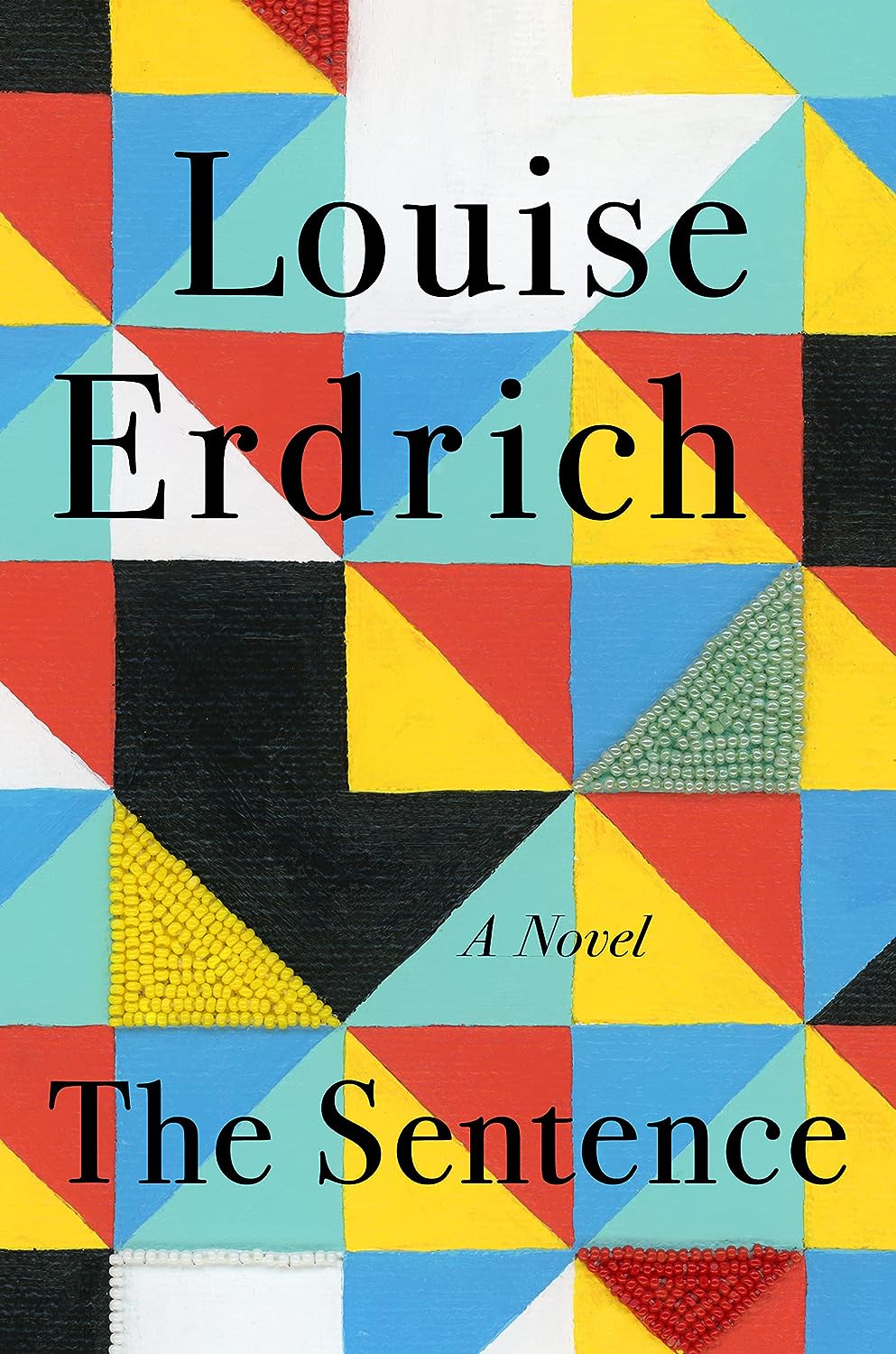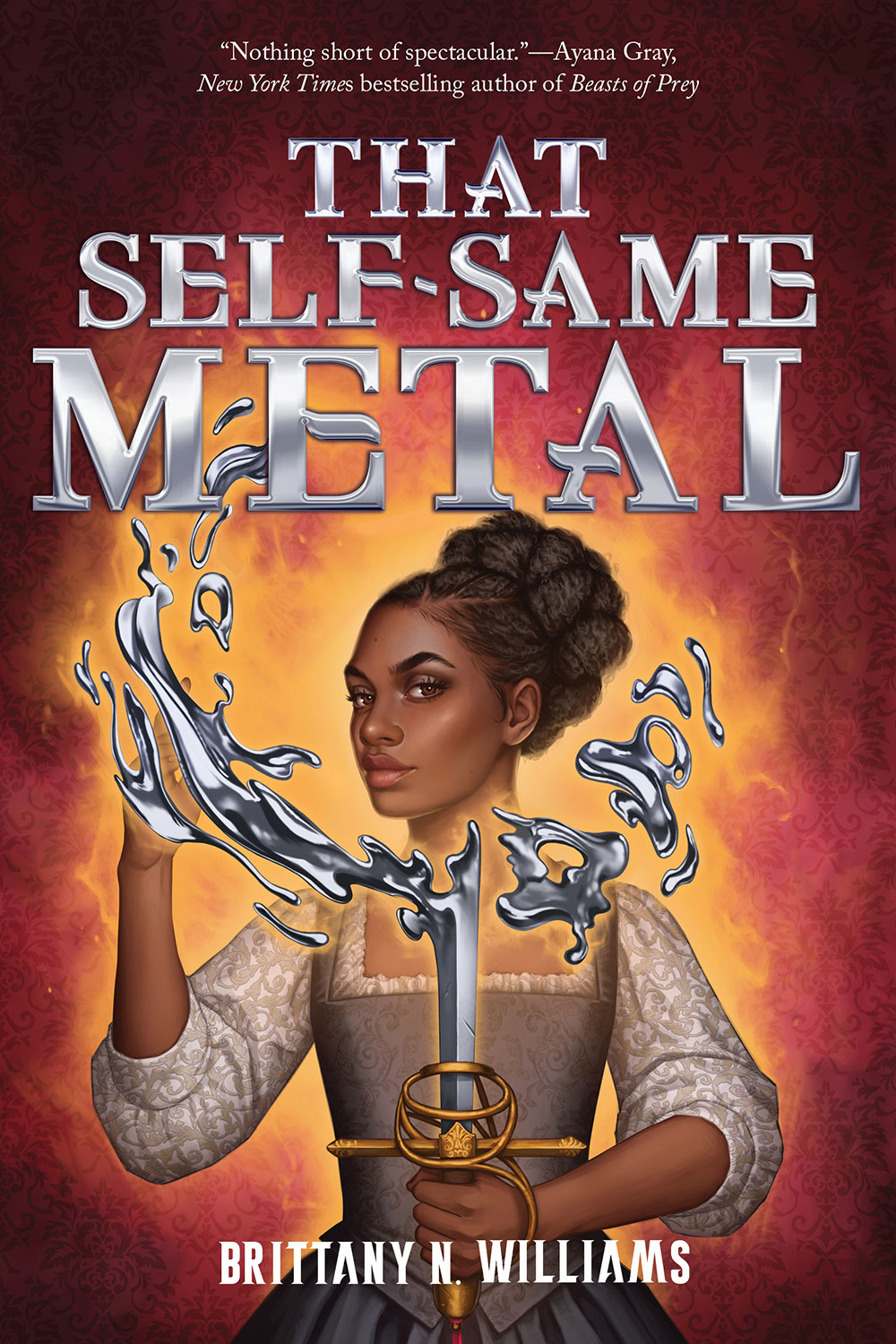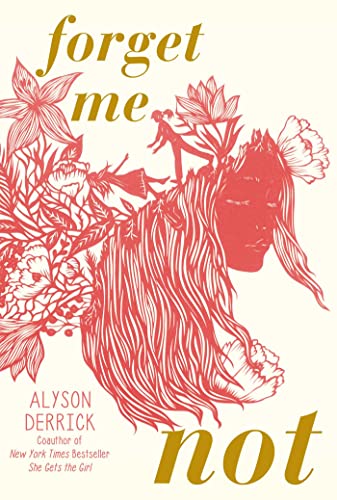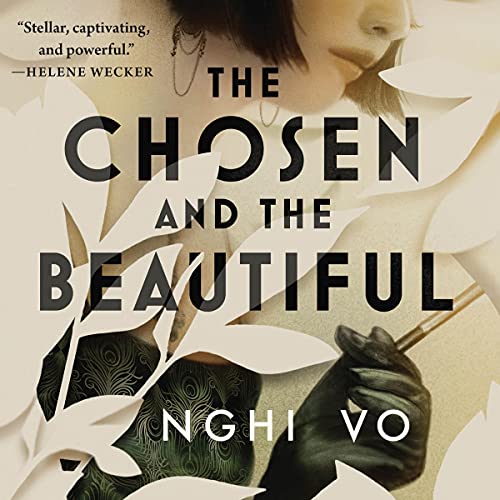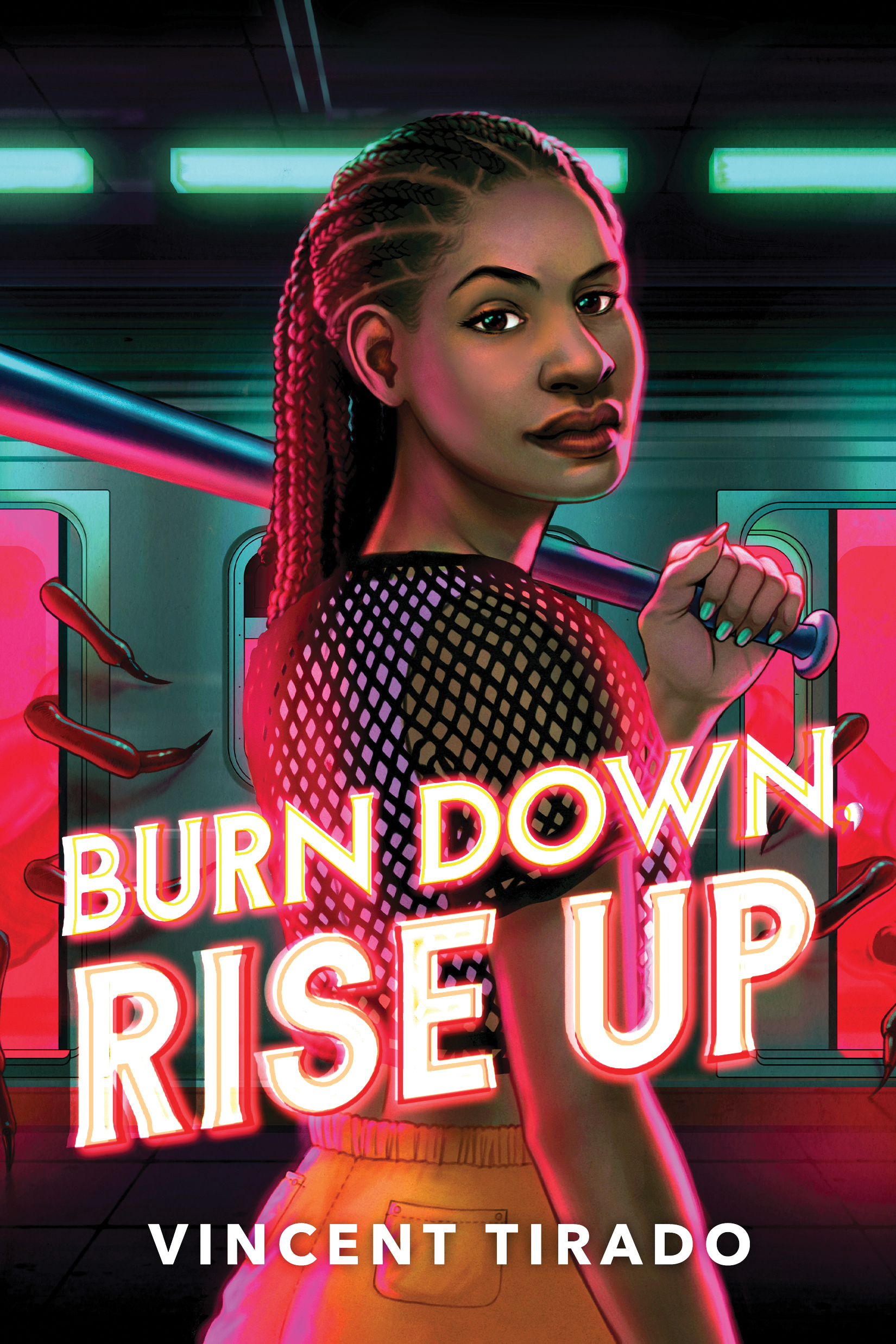Buy this from Bookshop.org to support local bookstores and the Lesbrary! I kept hearing people rave about this book when it was new. I heard it was a cozy read about someone working in a bookstore haunted by the ghost of a customer. So imagine my surprise when the book begins with the main characterRead More
A Genre-Defying Queer Black Memoir: The Black Period by Hafizah Augustus Geter
Buy this from Bookshop.org to support local bookstores and the Lesbrary! In 2023, I was a judge for the Nonfiction category of the Lambda Literary Awards. One of the books I read—the one that ended up winning for the category—was The Black Period: On Personhood, Race, and Origin. This is a brilliant, expansive book thatRead More
A Māori and Coast Salish Reimagining: Tauhou by Kōtuku Titihuia Nuttall
Bookshop.org Affiliate Link I am a white settler living on the territory of Lək̓ʷəŋən-speaking Peoples, and I’ve been looking to read more Indigenous books this year, especially ones by local authors. So when I saw this book, I had to pick it up. It’s by an author of Māori and W̱SÁNEĆ descent, and it reimaginesRead More
GBBO, but Sapphic and Bangladeshi: The Dos and Donuts of Love by Adiba Jaigirdar
Bookshop.org Affiliate Link Adiba Jaigirdar, author of The Henna Wars and Hani and Ishu’s Guide to Fake Dating, has become known for her compulsively readable teen romances centering queer Bangladeshi-Irish characters. Her newest novel, The Dos and Donuts of Love, tackles fatphobia, racism, and familial expectations, this time on the set of a nationally televised baking competition. Seventeen-year-old ShireenRead More
Shakespeare, Fae, and Orisha: That Self-Same Metal by Brittany N. Williams
Bookshop.org Affiliate Link At the age of sixteen, Joan Sands possesses exceptional craftsmanship skills that she employs to create and maintain the stage blades for The King’s Men, a theatrical troupe led by William Shakespeare. Joan’s remarkable blade-crafting ability is rooted in her magical power to manipulate metal, bestowed upon her by her guiding deity,Read More
Girl Meets Girl, Girls Fall In Love, Girl Gets Amnesia: Forget Me Not by Alyson Derrick
Amazon Affiliate Link | Bookshop.org Affiliate Link Last year, I reviewed She Gets the Girl written by Alyson Derrick and her wife, Rachael Lippincott, and really enjoyed it. So when I saw that Derrick had a new sapphic YA book coming out just in time for the April 4th episode of All the Books, IRead More
A Bisexual, Magical, Asian American Take on Gatsby: The Chosen and the Beautiful by Nghi Vo, Narrated by Natalie Naudus
Amazon Affiliate Link | Bookshop.org Affiliate Link In this retelling of The Great Gatsby, Jordan Baker narrates the story from the perspective of a queer, Asian woman adopted by a white couple. Although she runs in elite circles with Daisy and Tom, she is treated as an exotic pet, left on the outside even whenRead More
Kelleen reviews Patience & Esther by SW Searle
Amazon Affiliate Link | Bookshop.org Affiliate Link I don’t know why more people haven’t read this book. I don’t know why I never see this book discussed whenever folks are talking about historical romance, or graphic novels, or the greatest sapphic graphic novel historical romance (is that a genre?) novels ever crafted. To be honest,Read More
Nat reviews Her Royal Happiness by Lola Keeley
Amazon Affiliate Link | Bookshop.org Affiliate Link If there’s a perfect time to read about the English monarchy and all its drama, well, it’s probably right now. Her Royal Happiness is low on the angst without glossing over the big ticket issues. Classism, racism, colonialism—Keeley touches on them all, without ever delving too far into seriousRead More
Danika review Burn Down, Rise Up by Vincent Tirado
Amazon Affiliate Link | Bookshop.org Affiliate Link I have to say, although I love the illustration of Raquel, I don’t think cover does justice to this being a horror novel. I got sports vibes from it. I didn’t notice the little monster claws/legs in the background on first viewing. But this is definitely horror, withRead More
